DANCE LESSON PLAN 4 OF 4 FOR DIV 1/2 (GRADES K-6)
Dance is not only a physical education curricular requirement in Alberta schools, it’s also a fun and expressive way to move your body! This is the final post in a series of four Div 1/2 (grades K-6) dance lesson plans to help you teach movement. These lesson plans build from week-to-week, so if you haven’t seen the first three posts, find them here:
You don’t need to be a phys ed teacher to integrate dance and movement into your classroom! Physical activity helps students to learn and regulate their emotions. Try adding a 2-minute dance break in your next class.
DANCE LESSON 4 OF 4: MAKING PATTERNS
DIV 1/2 (GRADES K-6)
INTRODUCTION
Building on moving through space using lines and curves, this lesson will work on body patterns and spatial patterns. Muscle memory and memory recall is important in dance, just like math equations or spelling words. Using simple choreography (The Avicii Levels dance! or another choreography, either sourced from somewhere or created by the instructor) the students will learn to recall pattern in their bodies, and where they will move in space.
ACTIVITY SEQUENCE
Warm up
Revisit drawing the ABCs, reminding the students to use levels — that they can move forwards, backwards, sideways and they can use different methods and body parts.
Activity
1. Learn the first 32 counts of the dance. Start with the first eight counts and repeat until the majority of students appear to understand. Repeat and dance to the music many times, adding on as needed and really emphasizing the counts and using lines or curves in the movement. Ask the students if they see any Laban Efforts in the choreography.
2. Practice locomotor movements anywhere in space (skipping, galloping, running, forwards and backwards, gliding, rolling and jumping (combine in one crossing so the students do not get too tired), criss-crossing feet).
3. Dance Maps (Option 1)
- Grade K-3 use crayons on large white pieces of paper to draw floor patterns or the choreography they learned that day. Grade 4-6 use the choreography and across the floor to design a dance map of movement. Using the whole piece of paper as the floor surface they must pick a starting location, decide on the choreography that happens in certain parts of the space, and then how they will move to get to each piece of choreography. For example:
- A student decides to start with the first 8 counts of choreography, then move to another location in the space while skipping, then he/she will do 16 counts of choreography, moving on to a new space while rolling; finishing up with the last 8 counts of choreography in a third spot in the room. Encourage the students to draw it out, then walk it, then dance it. With enough time you can have them pair up and combine their maps.
4. Group Choreographies (Option 2 – Gr. 4-6 only) – Using the choreography and across the floor locomotion, small groups of students work together to combine both to make their own dance. The students do not have to start from the beginning of the dance and it must move in space (ie, from one side to the other side) at least once. Give the students 5-10 minutes to work on this. Allow for choice by asking groups if they would like to perform, consider having more than one group perform at a time.
CONCLUSION
Put on the music for the choreography but give the students the chance to free dance as well. Observe who uses the choreography and who uses their own movements, as well as who dances alone and who dances with partners or in groups. Offer the students a chance to say what they enjoyed about working with other people and combining ideas. What was difficult and what was easy, because they were using a language with their bodies and not having to speak verbally?
